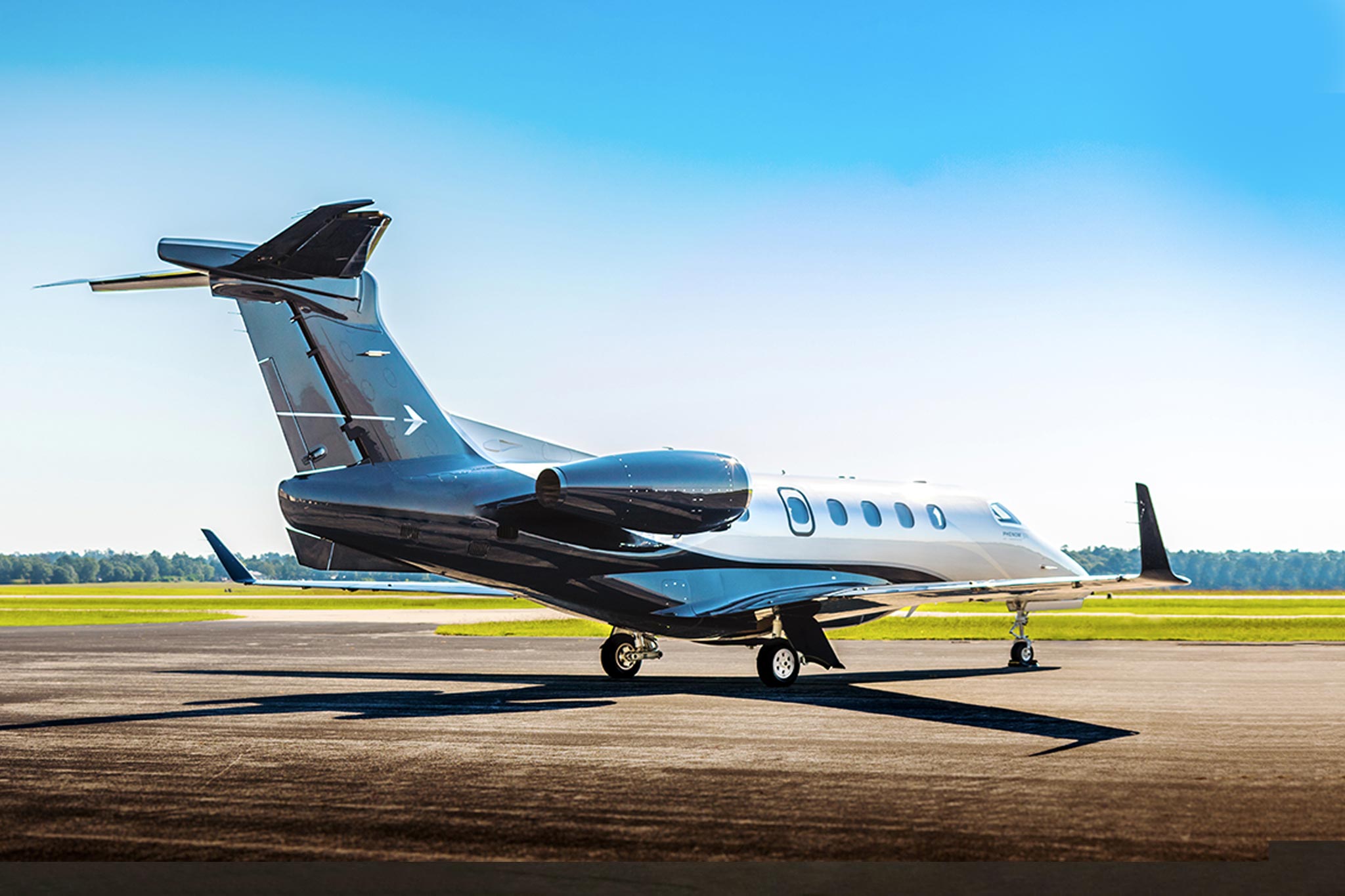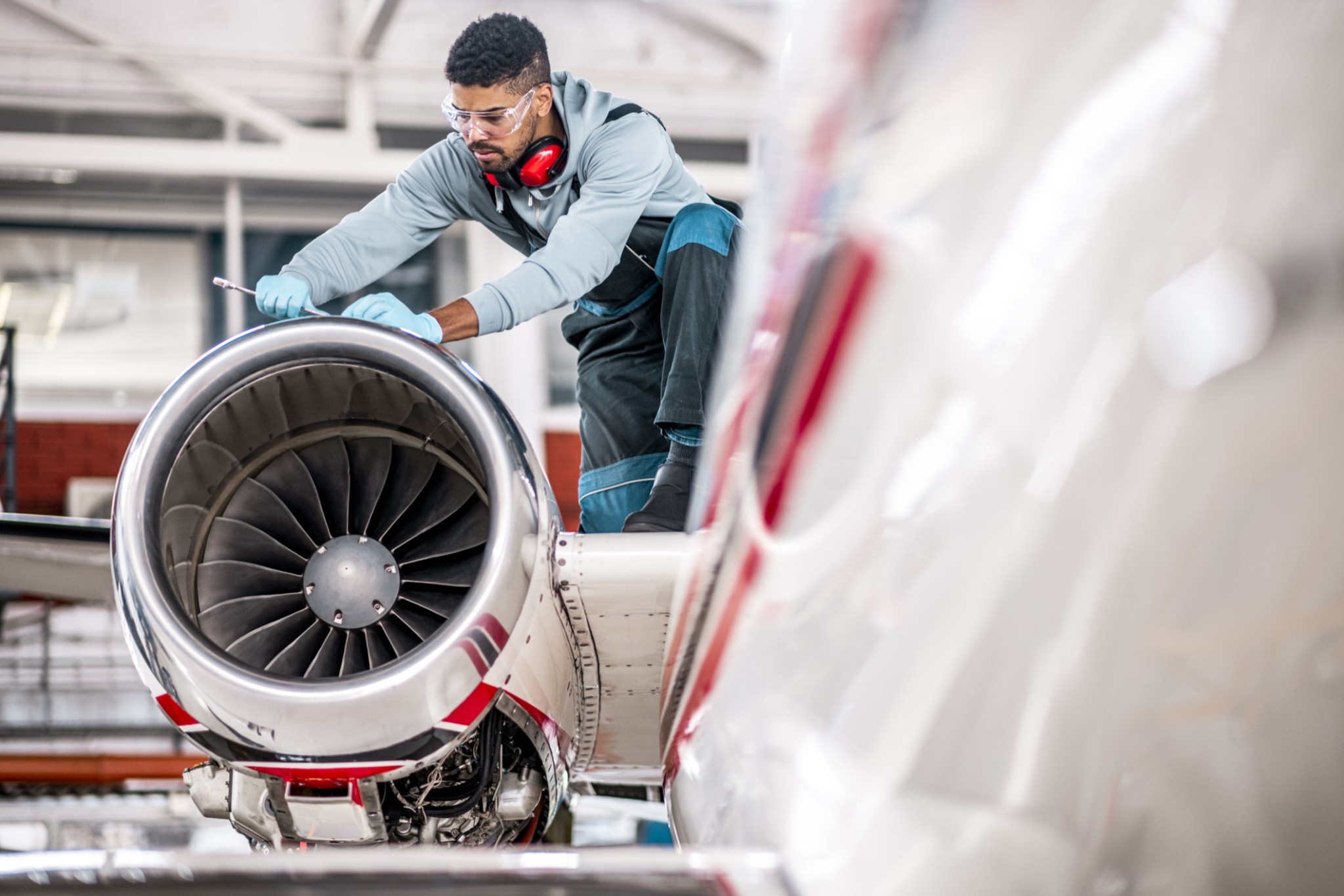Part 2: So Many Options! ADS-B vs. ADS-B + LPV vs. the Garmin G5000 Upgrade
Date
April 19, 2019This is the third segment of jetAVIVA’s Comprehensive Guide to the Citation 560XL Series. You can subscribe to future releases by clicking the button at the bottom of this story.

Let’s face it—it’s not an easy decision: do you spend $130K (US Dollars) to simply keep your airplane in the air, spend $300K to make it legal AND give yourself greater access, or spend $500K and give your airplane a complete avionics facelift, extending its useful life for many years?
To answer that question, let’s first look at the options in greater detail.
Option 1: ADS-B Compliance
 At a minimum, all jet aircraft will need to be equipped with Automatic Dependent Surveillance–Broadcast, (ADS-B) by Dec 31, 2019. The cost to equip your aircraft with ADS-B can vary widely depending upon the equipment you currently have installed, but can range anywhere from $80K to $300K. The closer we get to the deadline, and with more of the fleet equipped with ADS-B, what you’ll find is the investment doesn’t necessarily translate into increased value, it simply means you have a legally equipped airplane. Now, I know that’s a big price range… “Why the big variation in cost?,” you ask? Well, it depends on a number of variables specific to your aircraft, but two of the most often considered are the type of Flight Management System (FMS) installed (Honeywell or Universal), and the model of Radio Management Units (RMUs) installed. Generally speaking, however, the upgrade is more expensive with a Honeywell FMS-equipped airplane.
At a minimum, all jet aircraft will need to be equipped with Automatic Dependent Surveillance–Broadcast, (ADS-B) by Dec 31, 2019. The cost to equip your aircraft with ADS-B can vary widely depending upon the equipment you currently have installed, but can range anywhere from $80K to $300K. The closer we get to the deadline, and with more of the fleet equipped with ADS-B, what you’ll find is the investment doesn’t necessarily translate into increased value, it simply means you have a legally equipped airplane. Now, I know that’s a big price range… “Why the big variation in cost?,” you ask? Well, it depends on a number of variables specific to your aircraft, but two of the most often considered are the type of Flight Management System (FMS) installed (Honeywell or Universal), and the model of Radio Management Units (RMUs) installed. Generally speaking, however, the upgrade is more expensive with a Honeywell FMS-equipped airplane.
Option 2: ADS-B Compliance with LPV Capabilities
So, you’re in the shop for the ADS-B work; why not take it a little further and get something more than just basic legality during the upgrade, like LPV approach-capability? Localized Performance with Vertical Guidance approaches, or “LPV”, allows aircraft to descend to lower minimums at airports with precision GPS approaches. In bad weather, this can mean getting you to your intended destination more often than diverting to an alternate airport and waiting the weather out, or worse, driving to your final destination. This can have a major impact depending on how the aircraft is being used and to what airports the aircraft is typically flying. It’s an upgrade worth exploring, but not available to everyone. For instance, if you are operating a Primus 1000 avionics system, which is standard on the Citation Excel and XLS and equipped with a Honeywell FMS, the option to incorporate LPV capabilities may be cost-prohibitive. For those equipped with the Universal FMS, this option should cost roughly $300K, which includes ADS-B compliance depending on the status/version of other installed equipment. In the end, this option not only makes the airplane legal, but it gives you greater access to your desired destinations, and as a real bonus, increases the value of your airplane.
Option 3: Garmin G5000 Upgrade
 As they say, “go big or go home” … and this is big. Garmin’s state-of-the-art, G5000 integrated flight deck upgrade available on the entire XL series, is expected to receive FAA certification at the end of May 2019. Not only does this upgrade accomplish all your ADS-B requirements, it replaces nearly your entire Primus 1000 avionics system with a new panel, which Garmin is claiming will not only deliver a “truly modernized integrated cockpit”, but will give customers a “zero-time avionics suite that will substantially lower cost of operation, while also solving a broad range of global airspace modernization initiatives and on-going maintenance challenges”. I tend to agree with them. In my opinion, this upgrade is going to revitalize the fleet, extending the life of this reliable and versatile mid-size cabin workhorse for many years
As they say, “go big or go home” … and this is big. Garmin’s state-of-the-art, G5000 integrated flight deck upgrade available on the entire XL series, is expected to receive FAA certification at the end of May 2019. Not only does this upgrade accomplish all your ADS-B requirements, it replaces nearly your entire Primus 1000 avionics system with a new panel, which Garmin is claiming will not only deliver a “truly modernized integrated cockpit”, but will give customers a “zero-time avionics suite that will substantially lower cost of operation, while also solving a broad range of global airspace modernization initiatives and on-going maintenance challenges”. I tend to agree with them. In my opinion, this upgrade is going to revitalize the fleet, extending the life of this reliable and versatile mid-size cabin workhorse for many years
While different maintenance facilities offering the STC upgrade are quoting installation costs anywhere in the high-$400K to mid-$500K range, be sure to read the fine print and get a quote for your specific airplane. There are also many additional options you can include as part of the upgrade, including Flight Stream 510, SurfaceWatch, synthetic vision, underspeed protection, FANS compliance, and ChartView.
“What should I do?,” you ask…
Well, I’m actually really good at spending other people’s money. In fact, it’s what I do for a living, and that’s why my long-time clients keep coming back. I treat their money like it’s my money, and I’m always looking for what’s going to maximize their return. So, here’s my opinion, but keep in mind, it’s just an opinion.
ALL Excels and XLSs have a lot of life left in them; even those with high time. Consider for a moment the average person doesn’t ask (or care) how much time is on an airframe when they climb aboard for a flight. What they DO care about, is the aesthetics, creature comforts (like WiFi), and age of the airplane. This is especially true for airplanes used for charter. Furthermore, you can typically buy a higher-time airframe for much less than a normal or low-time aircraft.
So, then the question becomes one of resale value. How much value are you going to gain by spending the money on Options 1, 2, or 3? For Option 1, the answer is, not much, if anything, especially as more and more of the fleet complies with the ADS-B requirements and this becomes more the norm than the exception. Option 2 is great for just about any XL/XLS owner because you’re not only gaining the required compliance due by the end of the year, you are gaining better access to more destinations. Many owners greatly value (and even require) LPV capabilities. And, while it’s hard to say what dollar value we can place on those additional capabilities, the truth is that you appeal to a much larger pool of buyers by having LPV when you go to sell it.

Then there’s Option 3. Hands-down, this avionics package will turn your airplane into a state-of-the-art machine with technology that manufacturers are delivering on new aircraft today. Existing owners and buyers of the Excel and XLS are already lining up to have the G5000 installed as soon as certification is received. Through reduced avionics maintenance costs, extensively increased capabilities, and a weight reduction of nearly 200 lbs. (adding to your useful load) – you can see why this package is so popular.
But wait… there’s more! If you want to do the G5000 installation, but don’t want to put the airplane down for the upgrade this year (estimates are 4-5 weeks of downtime for the installation), some maintenance facilities are offering a “bridge program” whereby they install 2 new Garmin GTX-3000 transponders along with two interface adapters connecting to the existing RM-855 or RM-850 RMU to achieve ADS-B compliance. Then, you can fly beyond the Jan 1, 2020 deadline for ADS-B and book your G5000 installation later next year when it’s more convenient. The nice thing about this program is that it allows for a credit to be applied to your G5000 install later since the GTX-3000 transponders are already installed.
Opinions are like… well, you know the joke.
So where does a G5000 installation make sense? This is where I’m bound to get hate mail, but here’s what I tell my clients: I believe you’ll get more out of your investment at the time of resale by spending the money to do this upgrade on a mid- or low-time aircraft vs. a high-time aircraft, mainly because total time on an airframe means a lot more to buyers (i.e. those to whom the plane may be resold one day) than it does to the passengers.
So, if it were my money, my first choice would be to start with a mid- or low-time Excel or XLS and install the G5000. With this avionics suite, you’ll realize tremendous benefits through the latest technology and added capabilities, charter users will love it (if you go that route), and when you decide to sell it, the airplane will sell more quickly and for more money. As a second option however, and if you plan to use the airplane for charter and/or don’t care about total time, then buy a high-time airplane at a discount, outfit it aesthetically for you and/or your charter passengers, and install ADS-B with LPV capabilities. Because if you’re going to spend the money on an upgrade, at least get some added value out of it – both operationally and at the time of resale.
Want to hear more of my opinions? Or, want to hire me to spend your money? Please contact me anytime at [email protected] or (512) 410-0295.
You can also sign up for future installments of our 560XL Guide and have them delivered straight to your inbox by clicking below.



